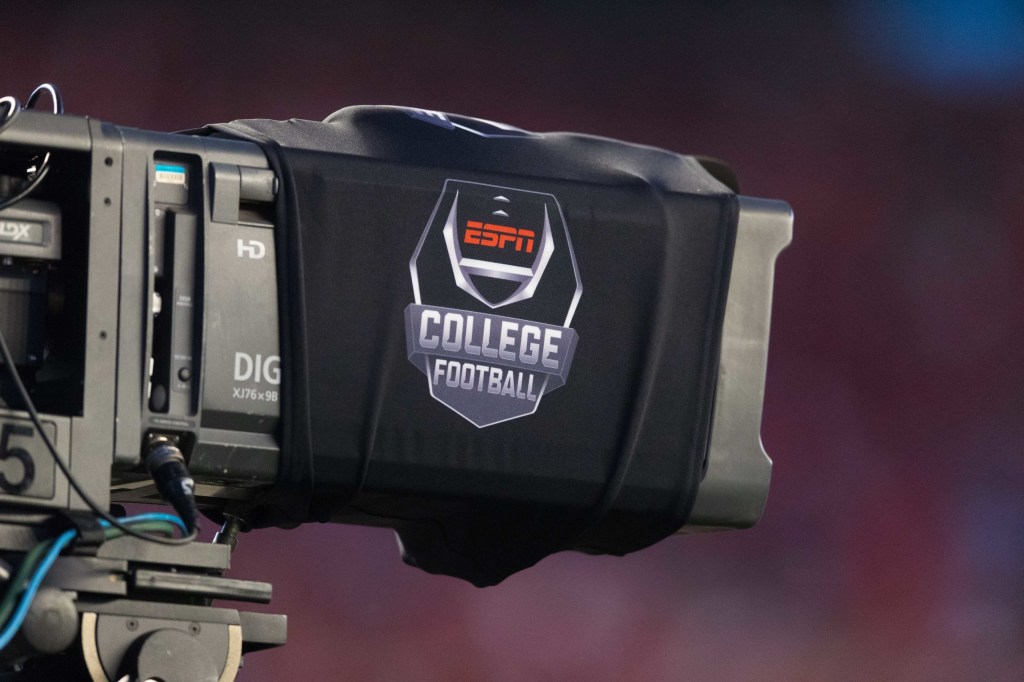The charity has raised $3.5M to date through their ping pong events.

“It began with some trash talk between me, Mark Tatum, and Emilio Collins. Who’s better than who at ping pong? Then we decided we’ll have a tournament and raise some money for charity. That was nine years ago.” — Peter Farnsworth, Founder, TopSpin
TopSpin hosted their 9th annual event in New York on December 6 — a ping pong tournament featuring celebrities and top sports executives.
From attendees to the organizing committee, TopSpin’s defining characteristic has been its ability to draw sports and entertainment professionals. While its founder, Peter Farnsworth, remains with the charity, leaders such as Mark Tatum, Charley Horsey, and Emilio Collins also remain with the host committee on a volunteer basis — carrying the flag within their respective companies. The charity seeks to provide education to underserved youth, and this year, partnered with 6 major organizations including Oliver Scholars, Harlem Academy, and A Better Chance.
Altruism and Network Effects
I’ve always been fascinated by organizations such as TopSpin: entities with the goal of optimizing social good, rather than profit.
Economically speaking, altruism is driven by two factors: the desire to improve the well-being of its recipients, or (pessimistically) for social reasons. The social reasons could be to either improve utility or prevent a diminished utility — namely, to improve one’s social standing, or avoid receiving negative attention for not contributing.
In either case, once a donor donates his time or money, they introduce their recipient into their “unit”, where they look to optimize for their “unit’s” consumption, instead of their sole consumption. In this sense, we tend to think of consumption or income as shared.
Events like TopSpin’s act, in many ways, like cocktail parties — where network effects loom large, and the core organizing committee’s networks are crucial to its eventual success.
But importantly, the consumption function of TopSpin attendees also includes ping pong, meaning that the average attendee is likely to experience an increased marginal utility, relative to the average cocktail event — especially since we are assuming that TopSpin is likely to draw an audience that is inclined to enjoy ping pong.
For TopSpin, this resulted in long-term success. Where their original attendees fit a certain profile, a larger proportion of attendees now fit much broader profiles — while all still falling under the niche of “charitable individuals who like sports and ping pong”. Indeed, it is probable that in relation to the inaugural event, more attendees will now fit that niche!
The implication of this is that the unit contribution — that is, the amount that each person is willing to contribute — is likely to be greater than for a cocktail event, given the aforementioned increased marginal utility.
TopSpin’s Growth
TopSpin itself has been massively successful — through a partnership with the experiential marketing agency MKTG, they have been able to host world-class events, with an extremely impressive list of celebrity appearances. Steph Curry, Julius Erving, Nick Jonas, and Sue Bird have all attended in the past. Many copycat events have come up, but none with the extended success of the original charity.
And a lot of this success comes from catering to a specific niche — leading to greater contributions per attendee.
If we make the assumption that charitable event consumption is fixed, with a different maximum level of consumption for each individual, this event acts as a way to maximize the utility for individuals who fall under its niche. This is because much of its success has been derived from the pure enjoyment that its attendees enjoy by simply being at the event! In this scenario, the opportunity cost of attending a TopSpin event is the chance to attend another charitable event — and for its niche audience, it will generally be more profitable to attend the TopSpin event.
But alternatively, if we assume that this event is not treated as another charitable event, and that charitable event consumption is not fixed — the opportunity cost of attending a TopSpin event will be that of attending any other event. In this scenario, the range of possible outcomes is much greater, and if executed within a niche successfully, could reap much greater results than the alternative.
It is probable that we see both scenarios, depending on the individual. But for TopSpin, which has become a spectacle as well as a networking opportunity, the latter scenario is now much more likely to arise, especially in comparison to the average cocktail party.
In addition, children and youth — a cause that has been identified as one of the most popular charitable causes in America, is at least a partial driver of TopSpin’s success. Much of this is intuitive: people care about the causes that matter to them, and families who with children are also more likely to have more disposable income than those without — especially those falling under TopSpin’s demographic.

This piece has been presented to you by SMU’s Master of Science in Sport Management.
Front Office Sports is a leading multi-platform publication and industry resource that covers the intersection of business and sports.
Want to learn more, or have a story featured about you or your organization? Contact us today.

















